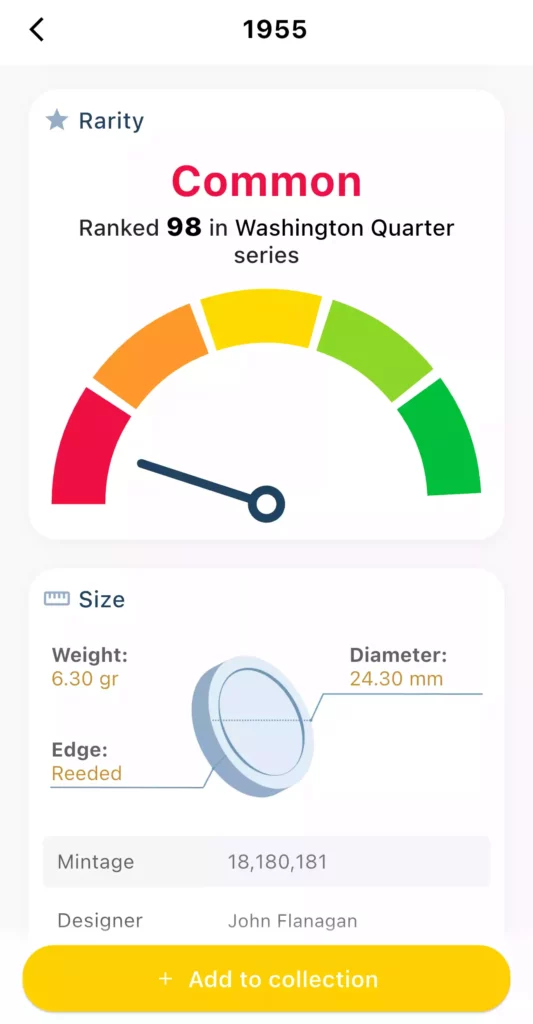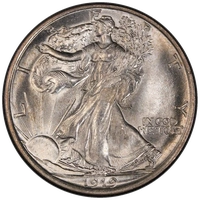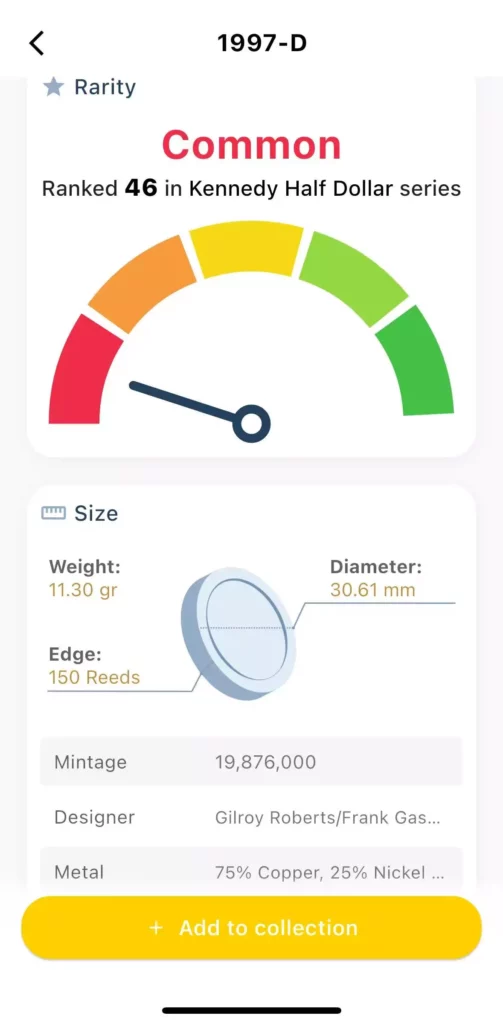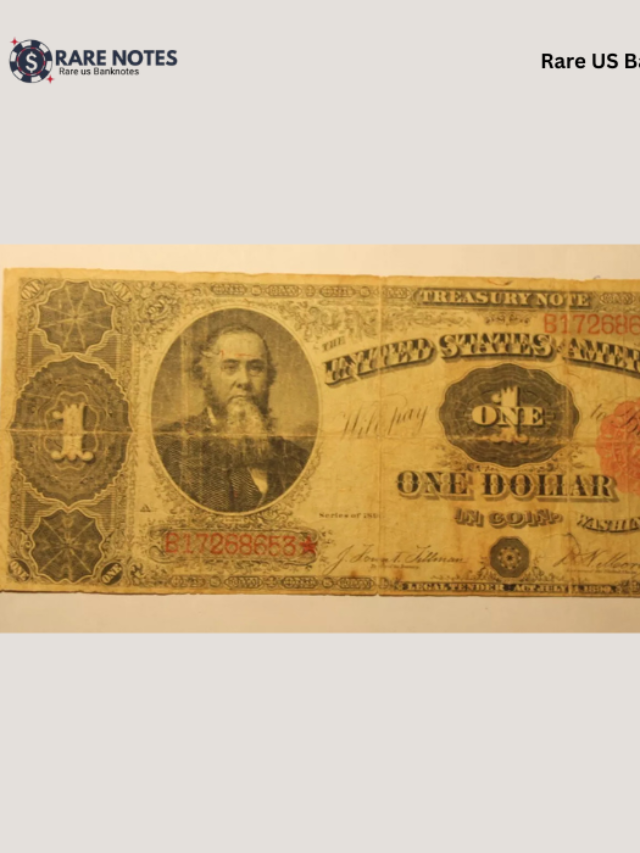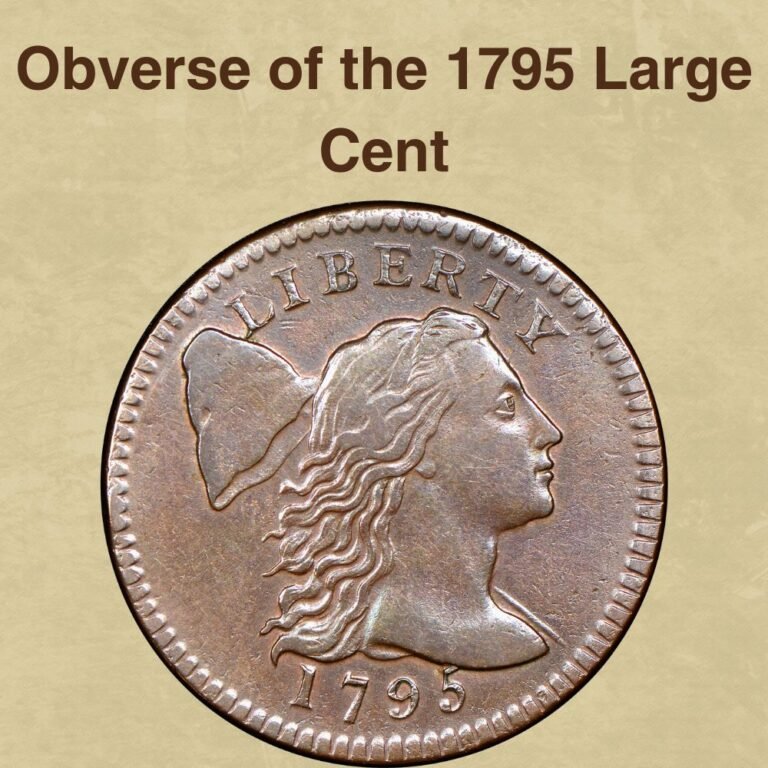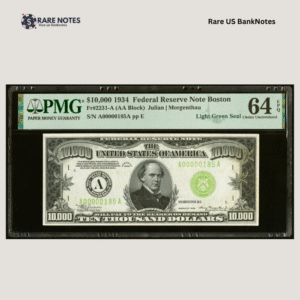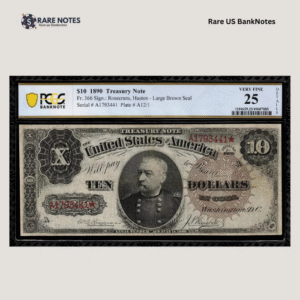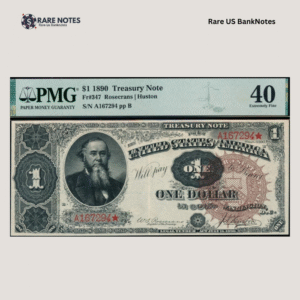Looking for a 1955 quarter that won’t break the bank but might actually be worth something?
Here’s the thing about 1955 quarters—most people toss them in a drawer without a second thought. But before you dismiss that old coin, there are a few key things you should know.
Some 1955 quarters are worth face value, others could fetch you decent money, and a rare few might surprise you with their value. Let’s dig into what makes them tick.
1955 Quarter Value By Variety
Here’s the breakdown of what your 1955 quarter might actually be worth:
1955 Quarter Value Chart
| TYPE | GOOD | FINE | AU | MS | PR |
|---|---|---|---|---|---|
| 1955 No Mint Mark Quarter Value | $6 | $6 | $7 | $508 | — |
| 1955 D Quarter Value | $6 | $6 | $7 | $3,487 | — |
| 1955 Proof Quarter Value | — | — | $4 | — | $35 |
| 1955 CAM Quarter Value | — | — | — | — | $89 |
| 1955 DCAM Quarter Value | — | — | — | — | $471 |
Tip: Use our CoinValueChecker App for real-time variety identification and current market values.
1955 Quarter Market Trend
Market Interest Trend Chart – 1955 Quarter
Here’s the thing about 1955 quarter market interest—it’s been quite the rollercoaster.
Looking at this trend chart, you can see these coins had their moment in the spotlight around 2017-2018, when collector interest absolutely exploded. We’re talking peak hype levels that would make any coin dealer jealous. But like most market frenzies, what goes up eventually comes down.
The interest cooled off significantly after that initial surge and has been cruising at much steadier, lower levels for the past several years. It’s the classic pattern we see across the coin collecting world—bursts of enthusiasm followed by reality checks.
But here’s what’s interesting: while 1955 quarters might not be trending like they used to, they’re still part of a bigger picture.
Want to see how they stack up against other coins that collectors are actually searching for right now? Check out our US Coin Market Trend Ranking (Top 100) to see which coins are having their moment and which ones might be flying under the radar.
History of the 1955 Quarter
The 1955 Washington quarter came out during a pretty interesting time in American history. We’re talking post-World War II prosperity, the height of the Eisenhower era, and when a quarter could actually buy you something decent.
The U.S. Mint was cranking out these silver beauties at just two locations that year. Philadelphia handled the bulk of production with no mint mark, while Denver added their “D” to the mix. San Francisco wasn’t in the quarter game in 1955—they had stepped back from quarter production during this period.
The composition was the real deal—90% silver and 10% copper. These quarters had actual precious metal content, which is partly why collectors still hunt for them decades later.
Production numbers were solid but not overwhelming, especially compared to some of the massive mintages we’d see in later decades. The Philadelphia mint produced the most, while Denver’s output was smaller, making those “D” mint mark quarters slightly more interesting to some collectors.
What’s fascinating is that 1955 marked one of the last years before the mint would start making significant changes to coin production methods. It was basically the tail end of the “classic” silver quarter era before everything shifted dramatically in the 1960s.
Is Your 1955 Quarter Rare?
1955 No Mint Mark Quarter
1955-D Quarter
1955 Proof Quarter
1955 CAM Quarter
1955 DCAM Quarter
Looking at the rarity rankings, the story is pretty clear. The 1955 DCAM quarter takes the crown as the rarest, sitting at an impressive 33rd place among all Washington quarters. That’s serious collector territory right there.
The 1955-D comes in second for rarity at 38th place, earning its “Rare” status, while the regular no mint mark version sits comfortably in “Scarce” territory at 98th. The CAM proof version falls somewhere in between at 125th, and the regular proof is the most common of the bunch at 152nd place.
Want to check the latest rarity rankings for any Washington quarter? Our CoinValueChecker App gives you instant access to real-time data and current market values.

This raises a bigger question though: where do all these 1955 quarters fit when you look at the complete picture? Let’s explore the Washington Quarter Key Dates (Rarity Ranking) to see which years are the true holy grails for collectors.
Key Features of the 1955 Quarter
John Flanagan’s Washington quarter design continued its run in 1955, maintaining the classic look that collectors still appreciate today. The U.S. Mint produced these quarters at two facilities—Philadelphia and Denver—creating just two main varieties for circulation that year.
The Obverse of the 1955 Quarter

The 1955 quarter obverse features George Washington’s left-facing profile surrounded by:
- LIBERTY inscribed along the top curve
- 1955 (the date) positioned at the bottom
- IN GOD WE TRUST placed along the left side
- The JF initials (John Flanagan) positioned at the base of Washington’s neck
The Reverse of the 1955 Quarter

The reverse showcases the detailed heraldic eagle design with:
- A centrally positioned bald eagle with spread wings
- Olive branches in the eagle’s right talon and arrows in the left
- QUARTER DOLLAR inscribed below the eagle
- UNITED STATES OF AMERICA arcing along the top
- E PLURIBUS UNUM on a ribbon above the eagle’s head
- The mint mark D (for Denver) or blank space (for Philadelphia) below the eagle
Other Features of the 1955 Quarter
The 1955 quarters maintain Washington’s profile on the obverse with a face value of twenty-five cents. They’re composed of 90% silver and 10% copper, containing 0.1808 troy ounces of pure silver with a total weight of 0.20094 troy ounces (6.25 grams).
Each coin has a standard diameter of 0.95669 inches (24.3 mm), thickness of 0.06870 inches (1.75 mm), and features a reeded edge.
1955 Quarter Mintage & Survival Data
1955 Quarter Mintage & Survival Chart
Survival Distribution
| Type | Mintage | Survival | Survival Rate |
|---|---|---|---|
| No Mint | 18,180,181 | 1,818,000 | 9.9999% |
| D | 3,182,400 | 318,000 | 9.9925% |
| Proof | 378,200 | 260,000 | 68.7467% |
| CAM | 378,200 | 60,000 | 15.8646% |
| DCAM | 378,200 | 9,000 | 2.3797% |
The Philadelphia mint absolutely dominated production in 1955, cranking out over 18 million quarters compared to Denver’s 3.18 million. But here’s where it gets interesting—survival rates tell a completely different story about rarity.
The regular circulation strikes have typical survival rates of around 10% for both Philadelphia and Denver versions—pretty standard for coins that actually got used in everyday commerce. The proof versions show much better preservation, with about 69% of the original 378,200 proof quarters estimated to still exist today.
But here’s the real kicker: the CAM proofs drop to just 16% survival, and the ultra-rare DCAM proofs crash to a mere 2.4% survival rate. That means only about 9,000 DCAM specimens are believed to still be out there from the original mintage.
This dramatic difference in survival rates—from the typical 10% for circulation coins to the ultra-low 2.4% for DCAM proofs—explains exactly why some 1955 quarters are worth pocket change while others command serious money.
Want to see how these survival numbers stack up against other Washington quarters? Check out our complete Washington Quarter Survival Ranking (Top 100) to discover which dates have the most shocking survival stories.
1955 Quarter Grading
The difference between a Good condition 1955-D quarter worth $6 and a Mint State example worth over $3,000 is all in the grading.
For circulation strikes, you’ll want to look for wear on Washington’s hair details, cheek, and the eagle’s breast feathers on the reverse. Even minor wear can drop a coin from AU to Fine condition.
Proof coins are a different beast entirely—the difference between a regular proof, CAM, and DCAM designation can mean hundreds of dollars in value difference. The contrast between the frosted devices and mirror-like fields determines these special designations.
Getting an accurate grade assessment is crucial before selling or insuring your coin. You can get a quick grade estimate using our CoinValueChecker App to see where your coin likely falls on the grading scale.

But if you’re serious about understanding the nuances that separate a $6 quarter from a $3,000 one, you’ll want to dive deeper into our complete guide: How to Grade Washington Quarters for the detailed breakdown every collector needs.
1955 Quarter Value Guides
Here are all five types of 1955 quarters you might encounter:
- 1955 No Mint Mark Quarter – Philadelphia mint, regular circulation strike
- 1955-D Quarter – Denver mint, regular circulation strike
- 1955 Proof Quarter – Special collector version with mirror finish
- 1955 CAM Quarter – Proof with cameo contrast (frosted devices, mirror fields)
- 1955 DCAM Quarter – Deep cameo proof with enhanced contrast
Each type tells its own story. The circulation strikes from Philadelphia and Denver are your everyday finds, while the proof versions were made specifically for collectors.
The CAM and DCAM designations weren’t officially recognized back then, but today they represent the cream of the crop—proof coins with that perfect frosted-device, mirror-field contrast that collectors go crazy for. The rarer the type, the bigger the potential payday.
1955 No Mint Mark Quarter Value

The 1955 Philadelphia quarter represents the workhorse of that year’s production, with over 18 million coins rolling off the presses. While it might seem like the “common” version compared to its Denver counterpart, don’t let those numbers fool you.
In high grades, this coin can still pack a serious punch—we’re talking about a jump from $6 in circulated condition to over $500 in pristine Mint State.
What’s interesting is that despite the massive mintage, finding one in truly exceptional condition isn’t as easy as you’d think. Most of these coins did exactly what they were designed to do—circulate. The survivors in top condition are where the real value lies.
1955 No Mint Mark Quarter Price/Grade Chart
Price by 1-70 Grade (Latest Auction Records Included)


